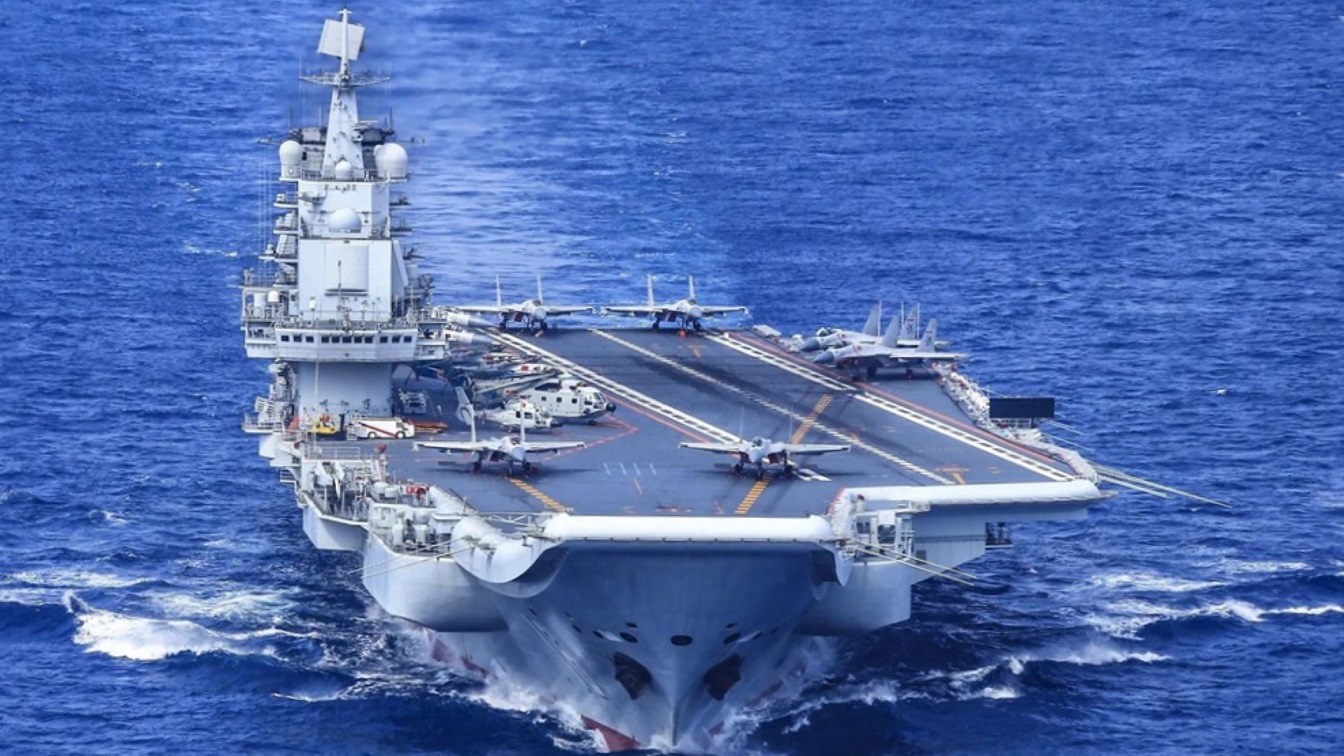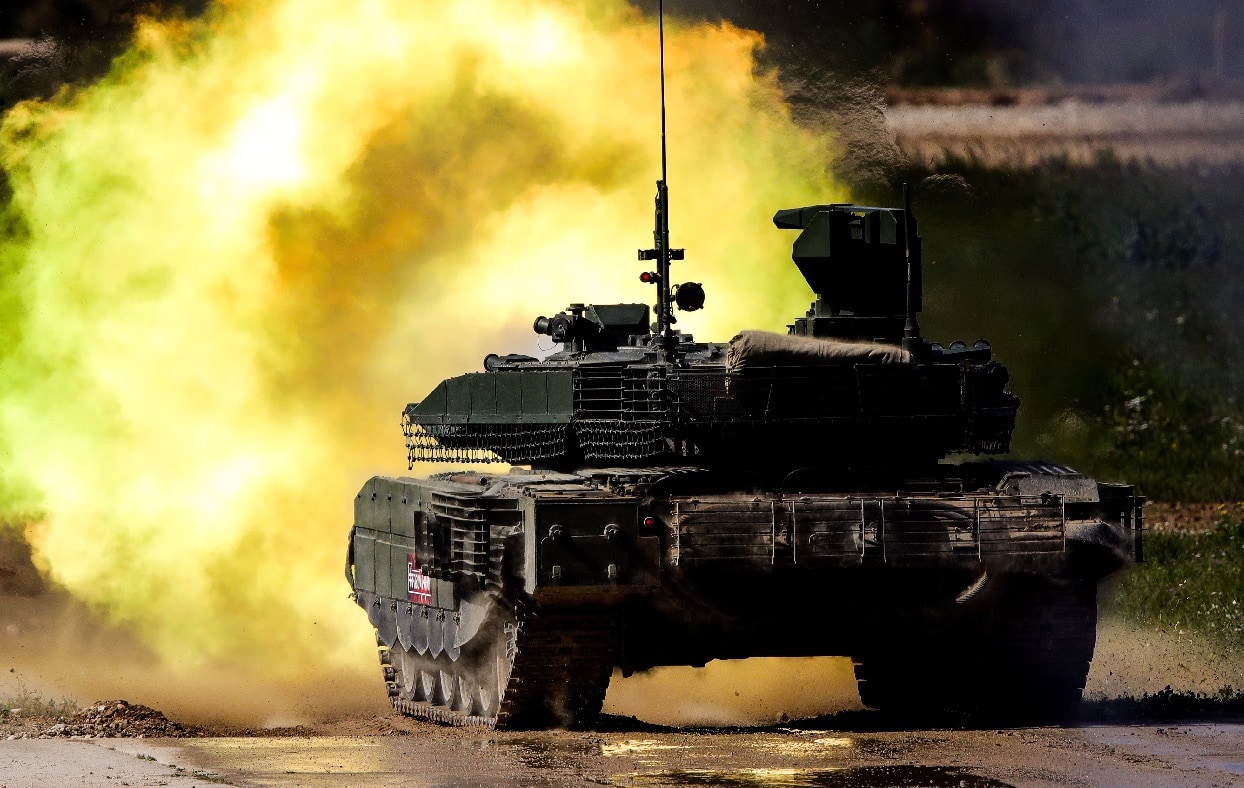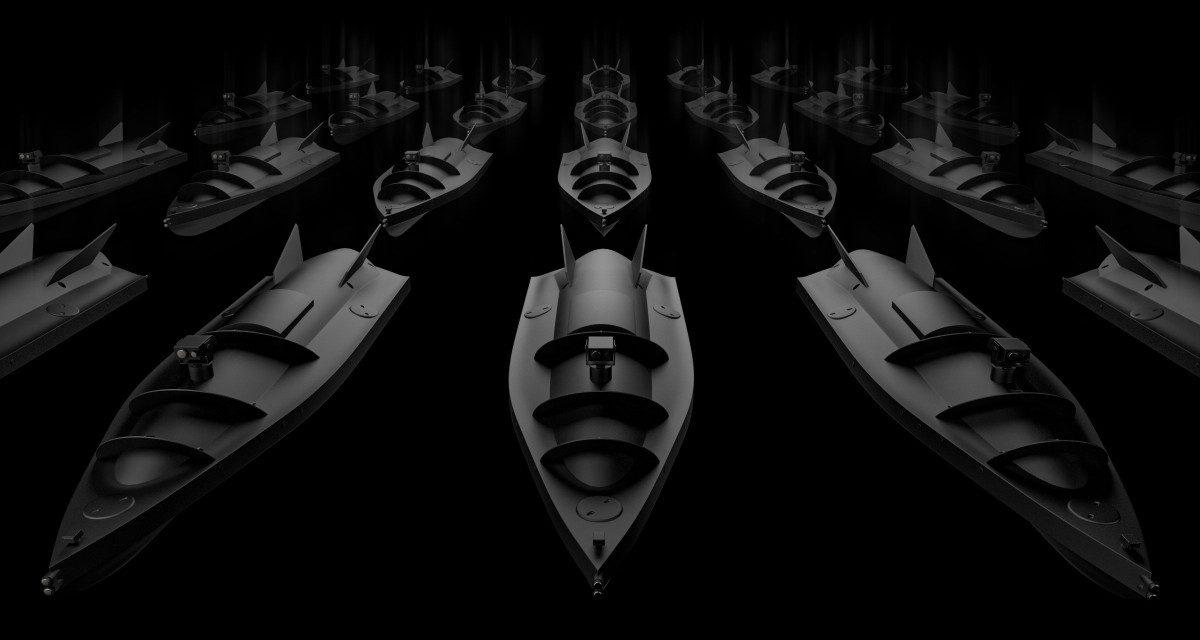Abhijit Singh
India is on a drive to induct unmanned combat systems into the military. Months after the Indian Army announced the induction of “swarm drones” into its mechanised forces, the Navy chief, Admiral R Hari Kumar, reiterated the importance of autonomous systems in creating a “future-proof” Indian Navy (IN). Speaking at the Navy Day press conference last month, Admiral Kumar listed initiatives to bolster the Navy’s operational prowess, including a move to procure a fleet of armed “Predator” drones from the United States. It is incumbent on the IN, he said, to keep a close eye on the movements of Chinese vessels in the Indian Ocean Region. Military drones are important assets in “navigating the turbulent security situation” in the littorals.
The IN, indeed, has been on a mission to expand surveillance in India’s near-seas. Two years after it leased MQ-9B Sea Guardian drones from the US, the navy, in July 2022, released an unclassified version of its “unmanned roadmap” for the induction of remote autonomous platforms, including undersea vehicles. A key driver for the enterprise is underwater domain awareness, deemed an increasingly vital component of maritime deterrence in the Eastern Indian Ocean. In the aftermath of the conflict in Ladakh in June 2020, there is a growing sense among Indian experts and military planners that China’s undersea presence in the Indian Ocean is on the cusp of crossing a critical threshold. Recent reports of the sighting of Chinese drones in the waters off Indonesian islands suggest the Peoples Liberation Army Navy has been studying the operating environment of the Indian Ocean. Already, there has been a rise in the deployment of Chinese research and survey vessels in the waters around India’s Andaman and Nicobar Islands. Ever more alive to the dangers posed by foreign undersea presence in Indian waters, the IN sought to acquire its own autonomous underwater vehicles (AUVs) with twin surveillance and strike capabilities.
















:quality(100)/cloudfront-us-east-1.images.arcpublishing.com/thesummit/IV7ZNLBCXJFB7ONUIX2JIVEYEE.jpg)

